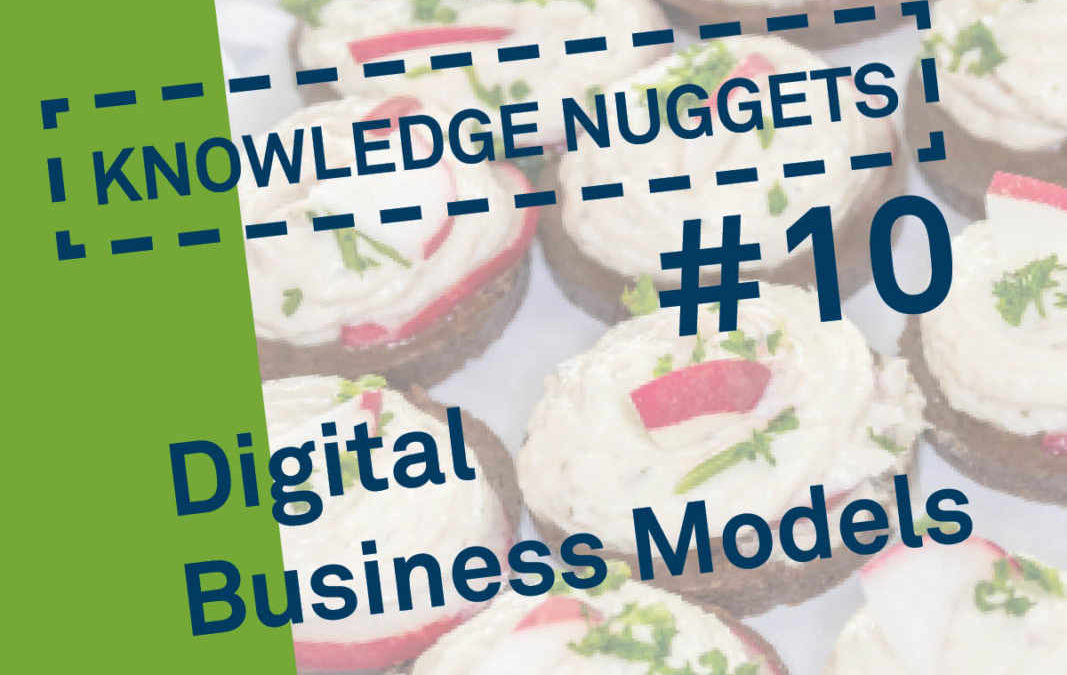The simple sale of a physical product has long since been out of focus. In most industries, the greatest revenue is generated by product-related services or so-called hybrid service bundles. But let’s start at the beginning:
A business model describes how a company or organization works and how profits are generated. The focus is on the value proposition (What added value do we create for our customers?), value creation (How and through what do we create added value?) and a corresponding revenue model (How do we generate profits?). Such a model helps to strategically analyze one’s own business, to understand it better, to determine one’s own advantages and disadvantages and to differentiate from the competition.
“Nothing is as constant as change” (Heraclitus, philosopher). What works well today, offers added value to the customer and brings in profits, may pass the market by in a few months. The Internet is a frequently cited example. It has completely turned markets upside down and made e-commerce possible. Today, we are once again in the midst of disruptive change. The Platform Economy of the future – the Silicon Economy – will greatly change our markets with new technologies and mechanisms. Digital business models are emerging, adapting innovative concepts and turning corporate structures upside down. If you want to remain competitive in the long term, you have to align your business model with the customers of the digital future today. In this context, blockchain technology provides the basis for smart contracts, secure data sharing and automatic payment processes.
The Platform Economy enables connecting among customers and operators in a way that has never existed before. As a result, it is no longer suppliers who determine market offer and price, but customers. In order to meet tomorrow’s customer needs today, the focus should be on the use of digital technologies – digital business models cannot be implemented without new technologies. Customer acquisition should also be carried out digitally. Digital sales can be automated as far as possible, and a greater reach can be generated digitally.
In addition to e-commerce and platforms, pay-per-use business models will also receive a boost. Here, the customer only pays for what he uses. “Freemium” is also an established model, in which a basic version of a product or service is offered free of charge, while expansions, premium memberships or the activation of all functions are then associated with costs. Through sharing economy, unused resources can be shared, for example. In addition, trade in relevant data and values (Internet of Values) will move into focus. Ultimately, however, completely new approaches can be developed and provide for new, unexpected business models.
